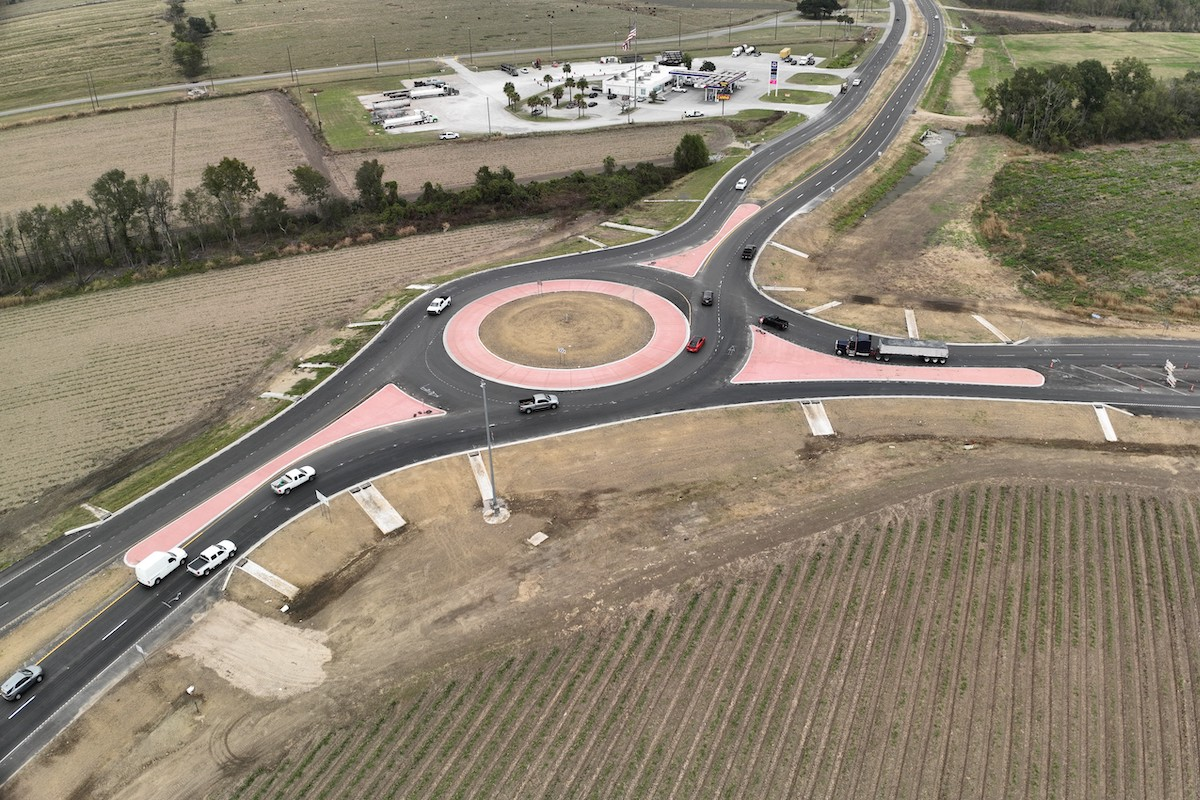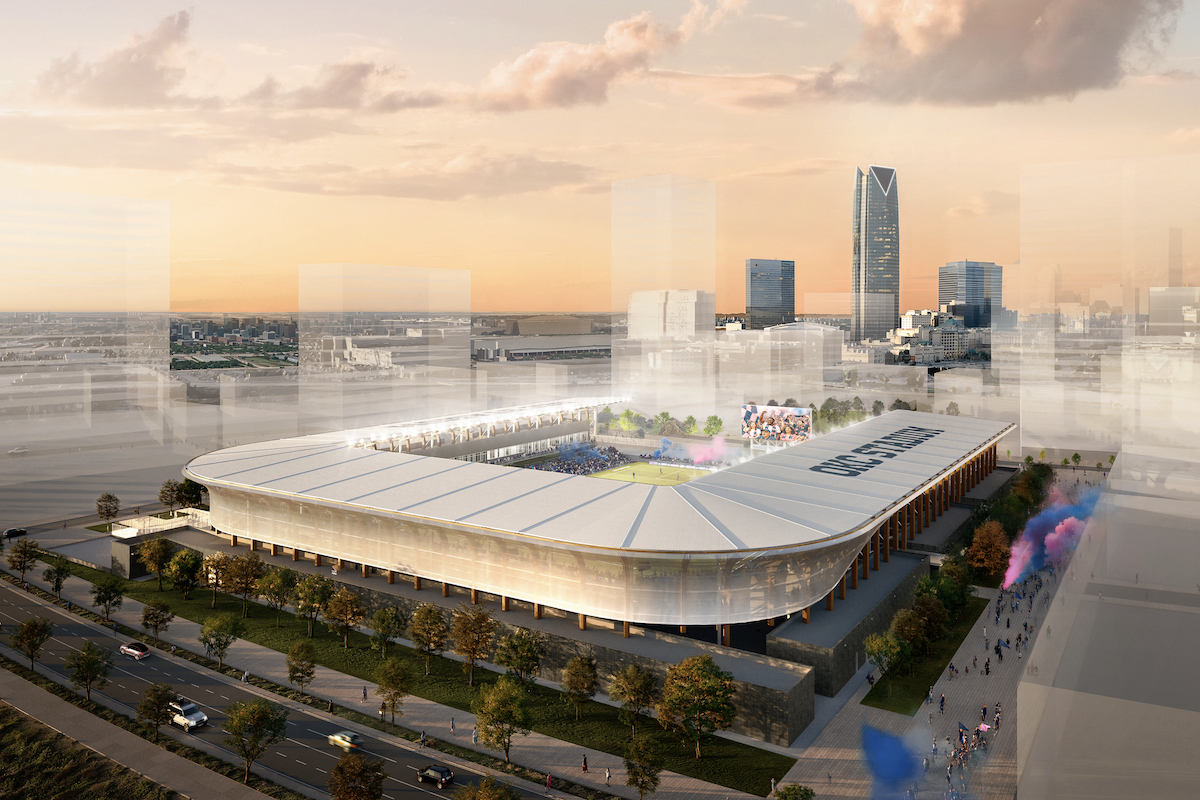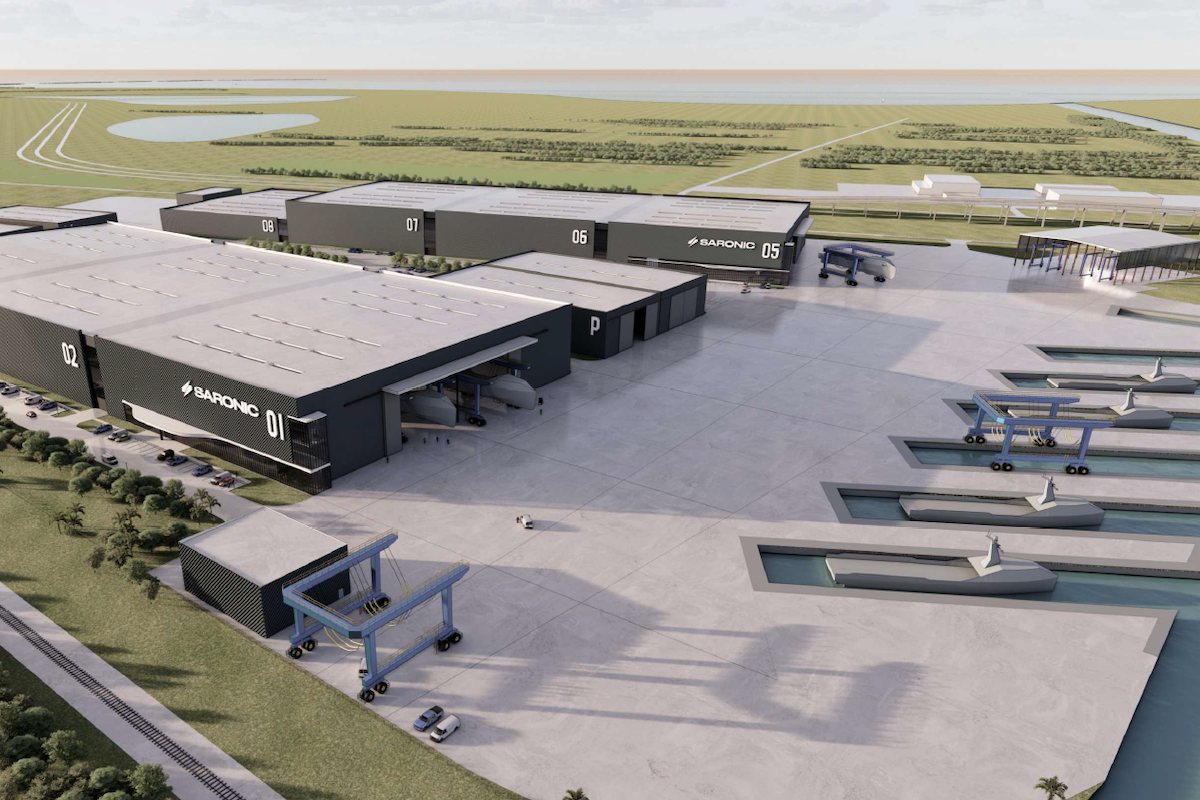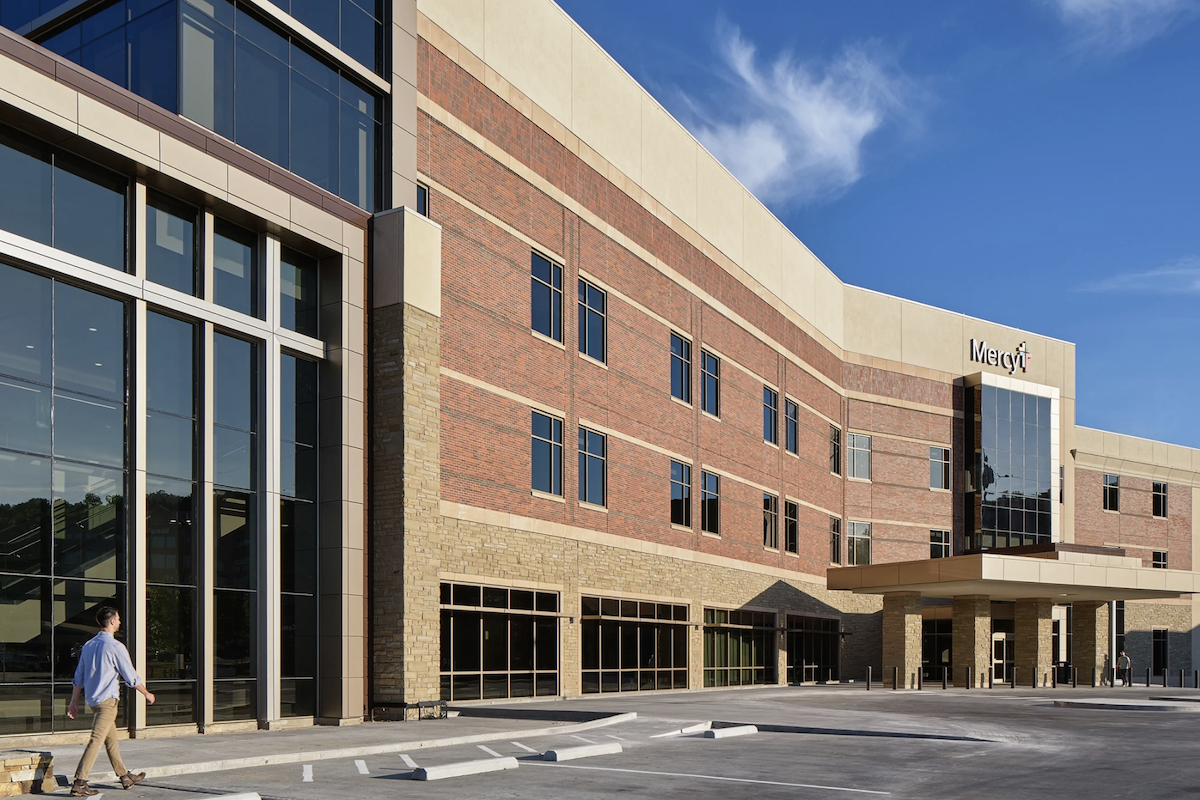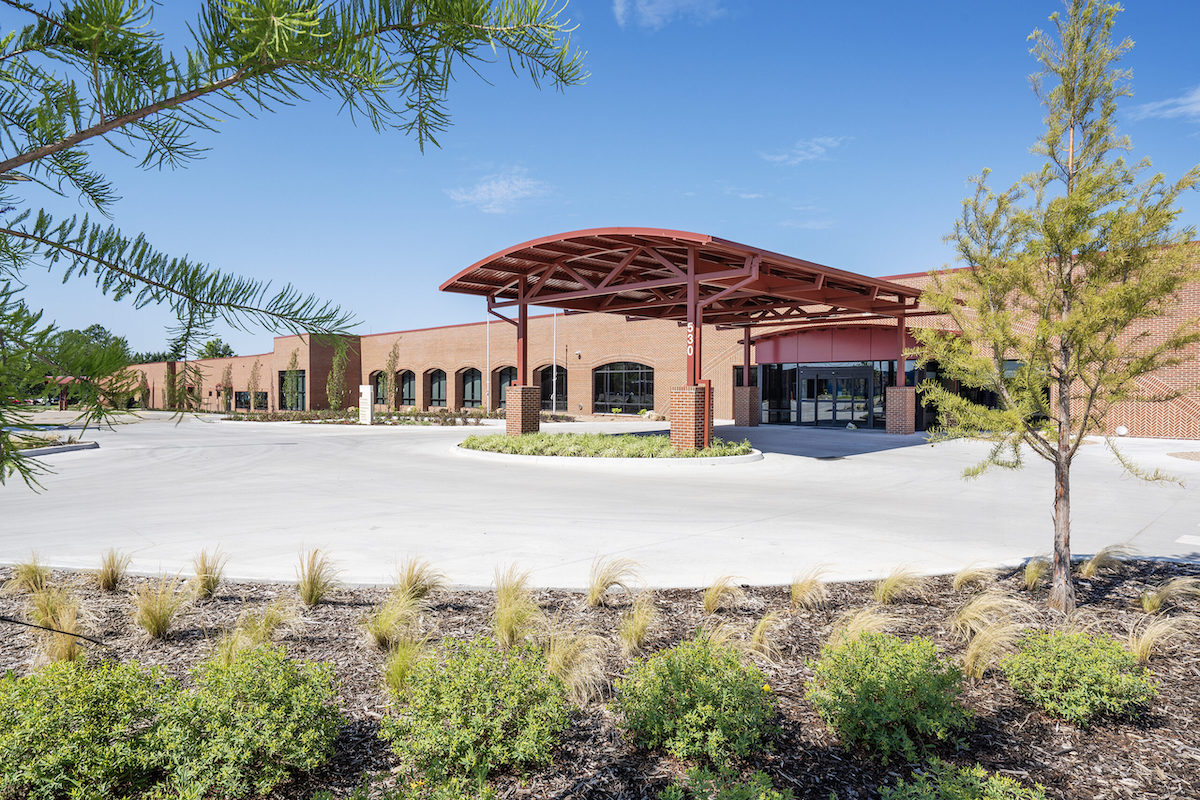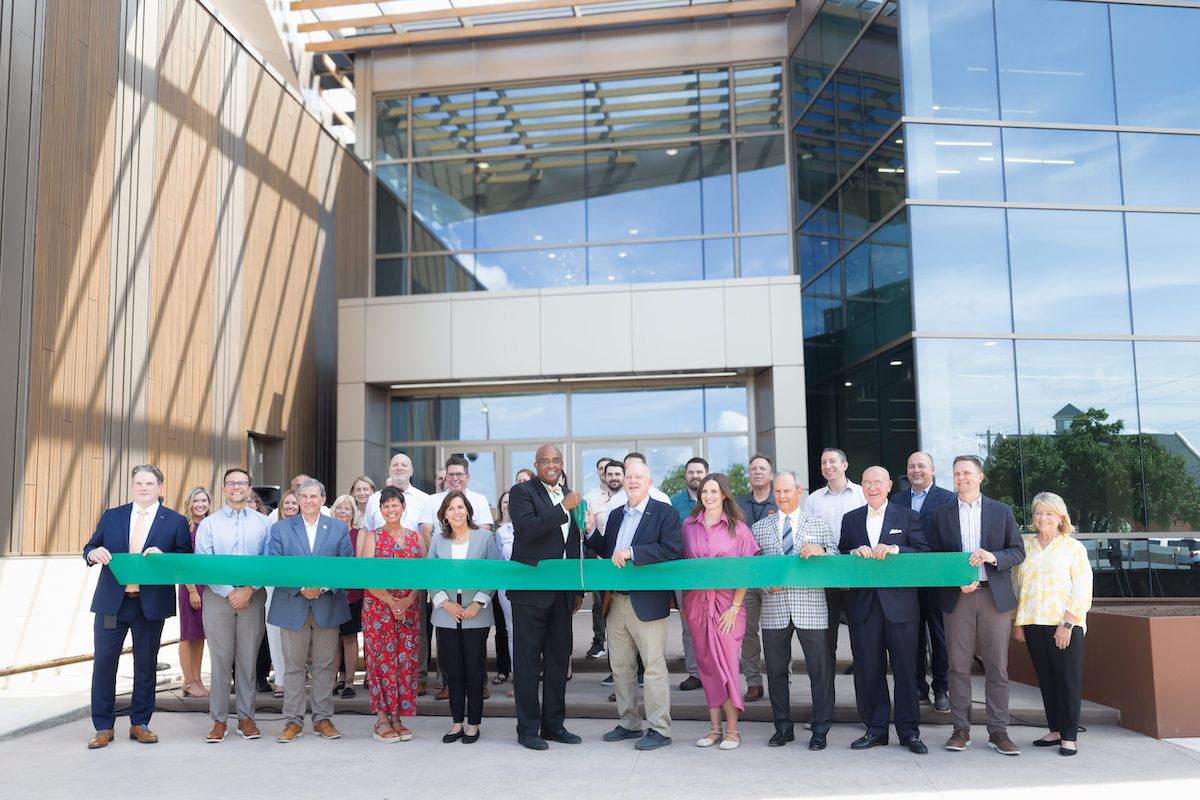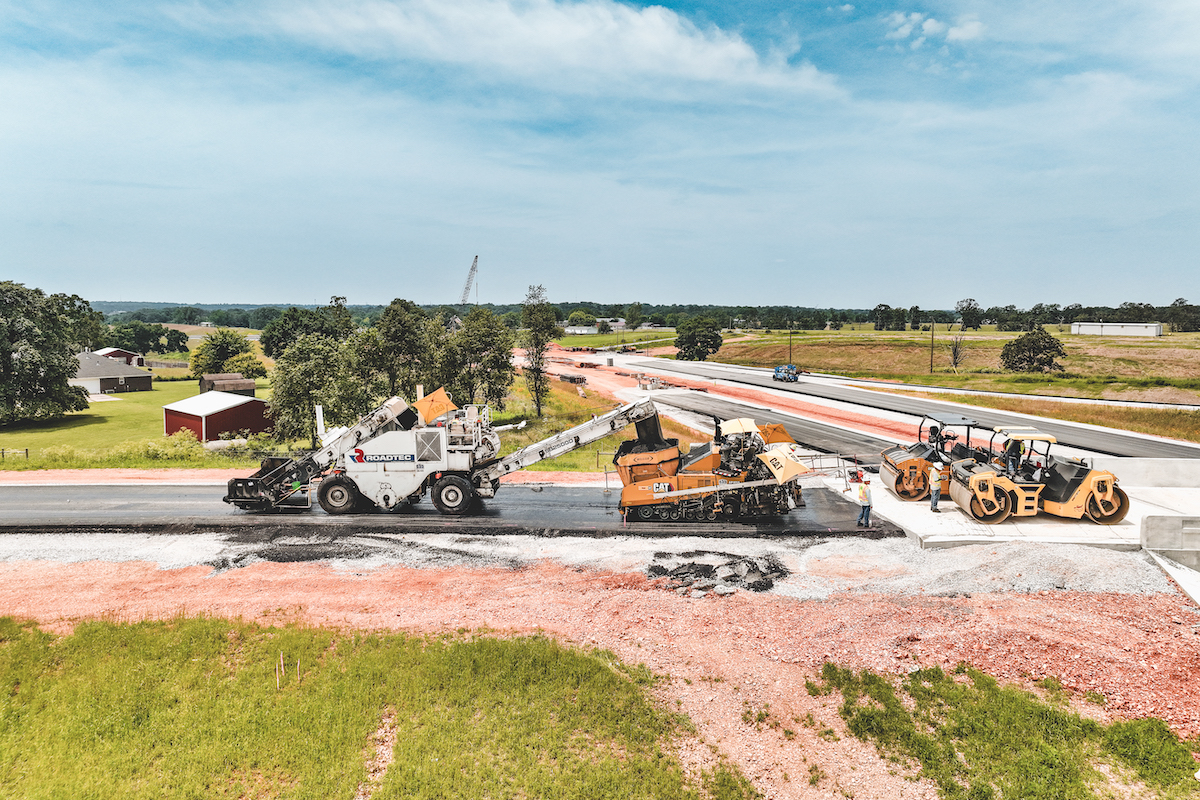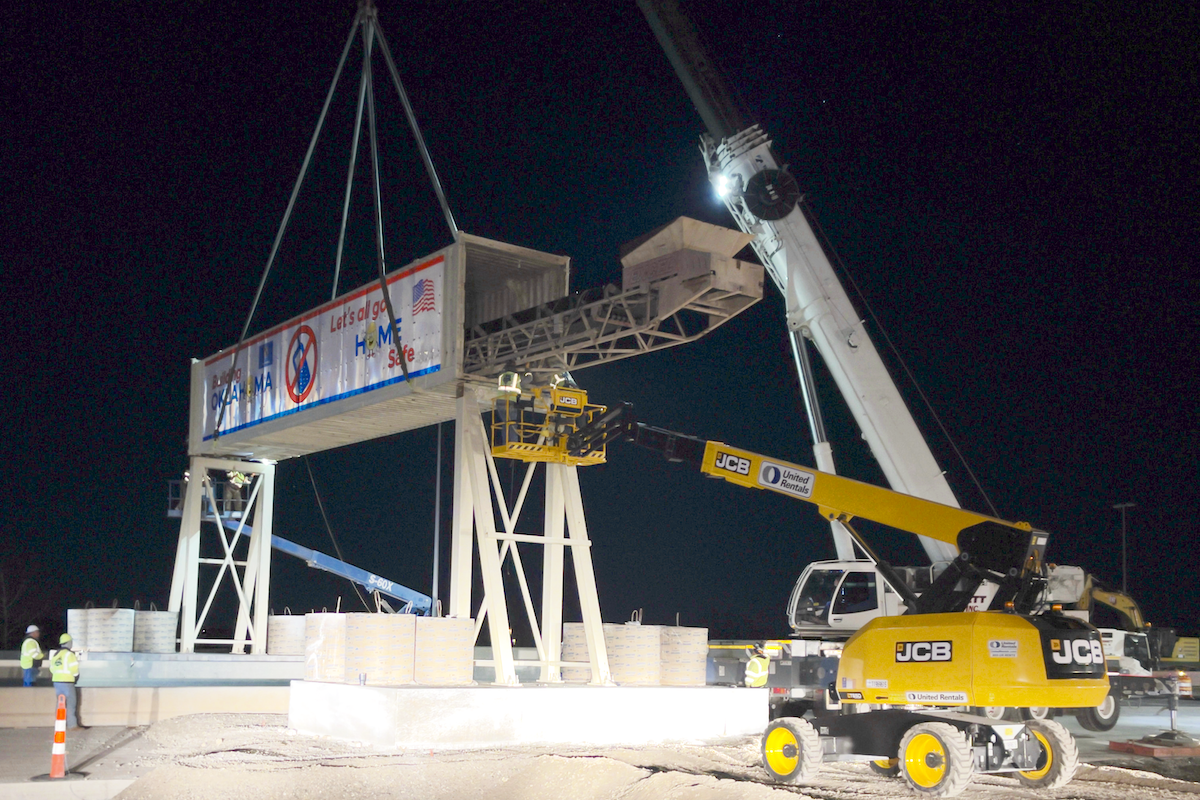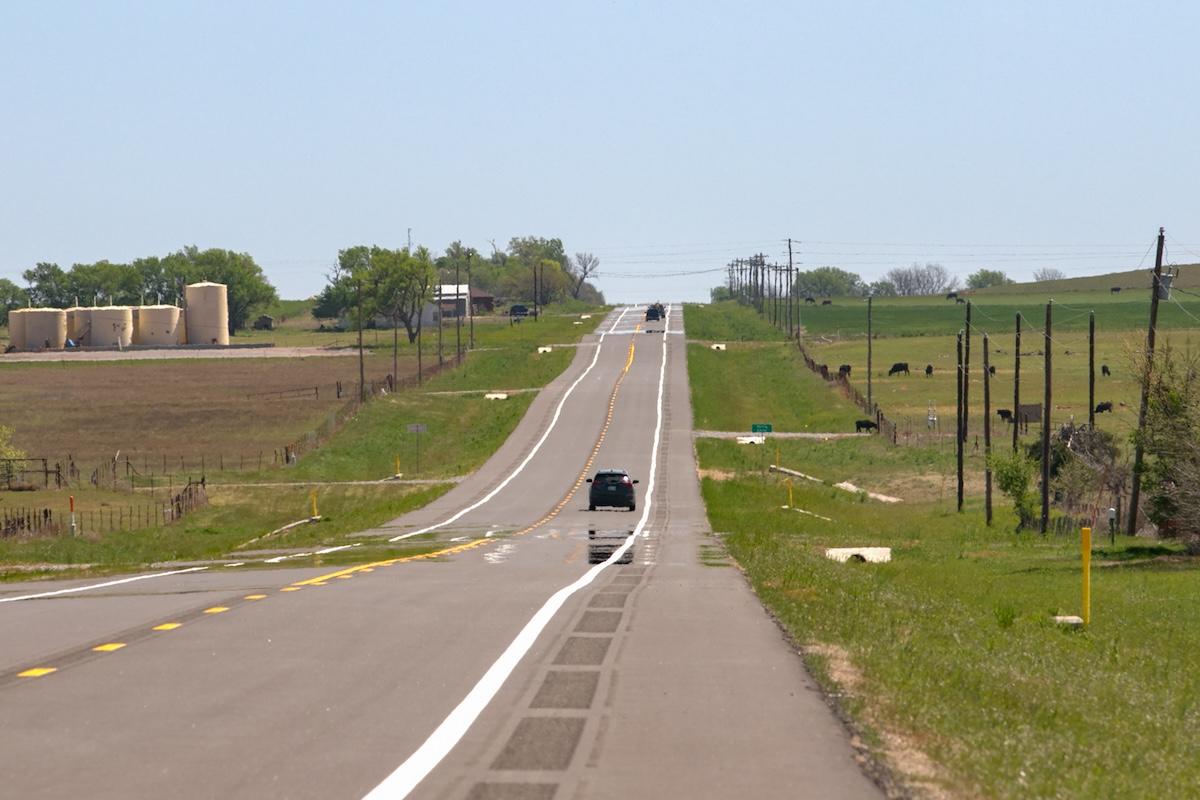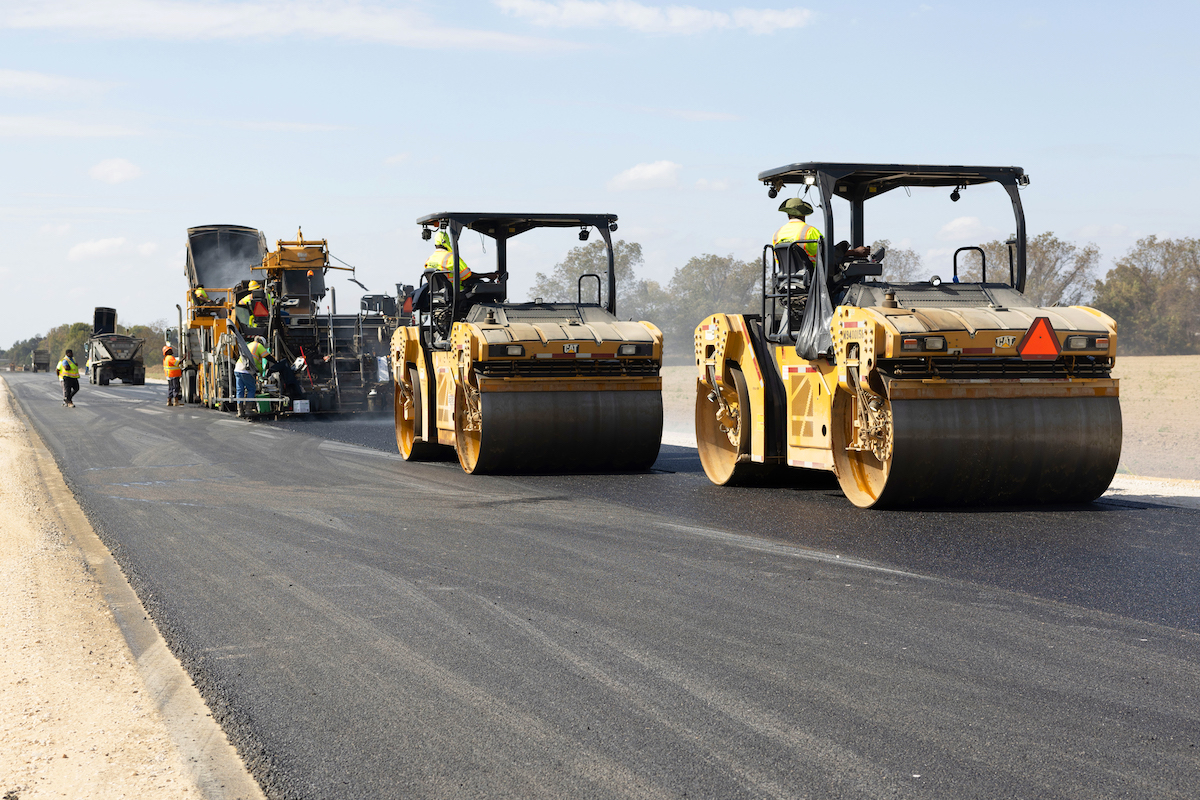Along the mile-long project area, the road was failing, with visible concrete, disjointed cracks, and transverse cracking. While the three-lane road — which includes a two-way left turn section — was operable, it was a rough ride.
“When a truck would hit the concrete, it was so disjointed, you could feel it if you were in the vicinity,” said Andrea Mather, an Assistant Resident Engineer with ODOT.
Area residents wanted improvements beyond a new road, so ODOT is delivering many features that will improve mobility in the area.
The scope includes:

| Your local Hitachi dealer |
|---|
| CLM Equipment Co |
- Replacing all concrete panels under highway asphalt
- Adding buffered bike lanes
- Connecting the existing sidewalks within city limits
- Upgrading pedestrian crossings to current ADA standards
- Landscaping
- Streetscaping to calm traffic on the highway through downtown
- Building intersections that accommodate truck traffic where appropriate
- Installing new stormwater systems, including pipes and basins
- Leveling the road
- Building five new retaining walls throughout the town with a decorative treatment
The project's focus on increasing connectivity is deliberate.
“The community wanted the project to include an emphasis on pedestrian and bike safety,” said Ian Roholt, an ODOT Resident Engineer who managed the design of the project. “One of the ways we responded to the request was to include curb extensions and marked crosswalks.”
Roholt added that there were no sidewalks in some areas. Those sidewalks that were in the area (prior to the project) were in poor shape and difficult to traverse.
The new bike lane is buffered, providing more protection for bicyclists.
Wildish’s regular work with ODOT is partially attributable to their location, as they are centrally located within the state and close to the population centers.
“They have experience with ODOT expectations, have highly skilled workers, and are good at scheduling,” Roholt said.
“They’re proud of their work,” Mather said. “They want people to know it’s a Wildish project.”
“People describe the topography in Halsey as flatter than a pancake,” Mather said. “And it really is very flat.” The flatness of the land has impacted construction, specifically the drainage.
“There’s no fall in the drainage, which makes it challenging to design and build a system,” Mather said. The designer developed an innovative stormwater design that includes three different systems to convey the water to the appropriate location. “The design had to be constructed precisely. There was no room for error,” she added.
As part of the full-depth rebuild, the contractor removed the concrete panels. They discovered varied soil conditions and moisture levels. According to Mather, it was challenging to achieve the ideal moisture levels in the soil for construction.
“Some areas responded well to the cement treatment,” Mather said. “The added cement reacted to the water in the soil and created a stronger soil. Other areas of the soil were still very soft; in these areas the soil was removed and replaced with rock.” Ultimately, the team utilized cement treatment and rock stabilization.
“We don’t normally use cement to treat subgrade,” Mather said. “It was the first time we ever used the necessary equipment in this area.” A reclaimer, which tills the soil and adds the cement evenly, was used to mix the cement into the soil.
Because of the complexity of the roadway design (i.e., full-depth reconstruction of the road at the railroad crossing), ODOT and UPRR needed extra negotiation to work out the terms of the agreement and how the work would proceed. ODOT adjusted the project design and schedule to allow for more time to negotiate and not delay beginning construction of the rest of the project.
In the end, ODOT and UPRR came to an agreement, and the work is now ready to be constructed. This may delay the end of construction a few months, but the team believes the work will still be completed in 2024.
When the Oregon Legislature passed HB2017, the goal was to provide a transformative investment in Oregon’s transportation network. The bill provided $5.3 billion statewide and has been used for a variety of infrastructure projects as well as public transportation.
According to ODOT, “The average driver has paid less than one cent per mile to get better roads that provide more reliable trips. ... And the average worker has paid less than $1 a week in payroll tax.” This bill provided $13 million for the Downtown Halsey Roadway Improvements, which was a named project in the bill.
When the project is completed in the fall of 2024, Halsey residents and travelers will have a smoother road, improved pedestrian and bicycle services, and a more walkable town.
- Owner: Oregon Department of Transportation; Ian Roholt, Resident Engineer; Andrea Mather, Assistant Resident Engineer; Mindy McCartt, Public Information Officer
- Designer: David Evans and Associates, Portland, Oregon
- Contractor: Wildish Group of Companies, Eugene, Oregon


















